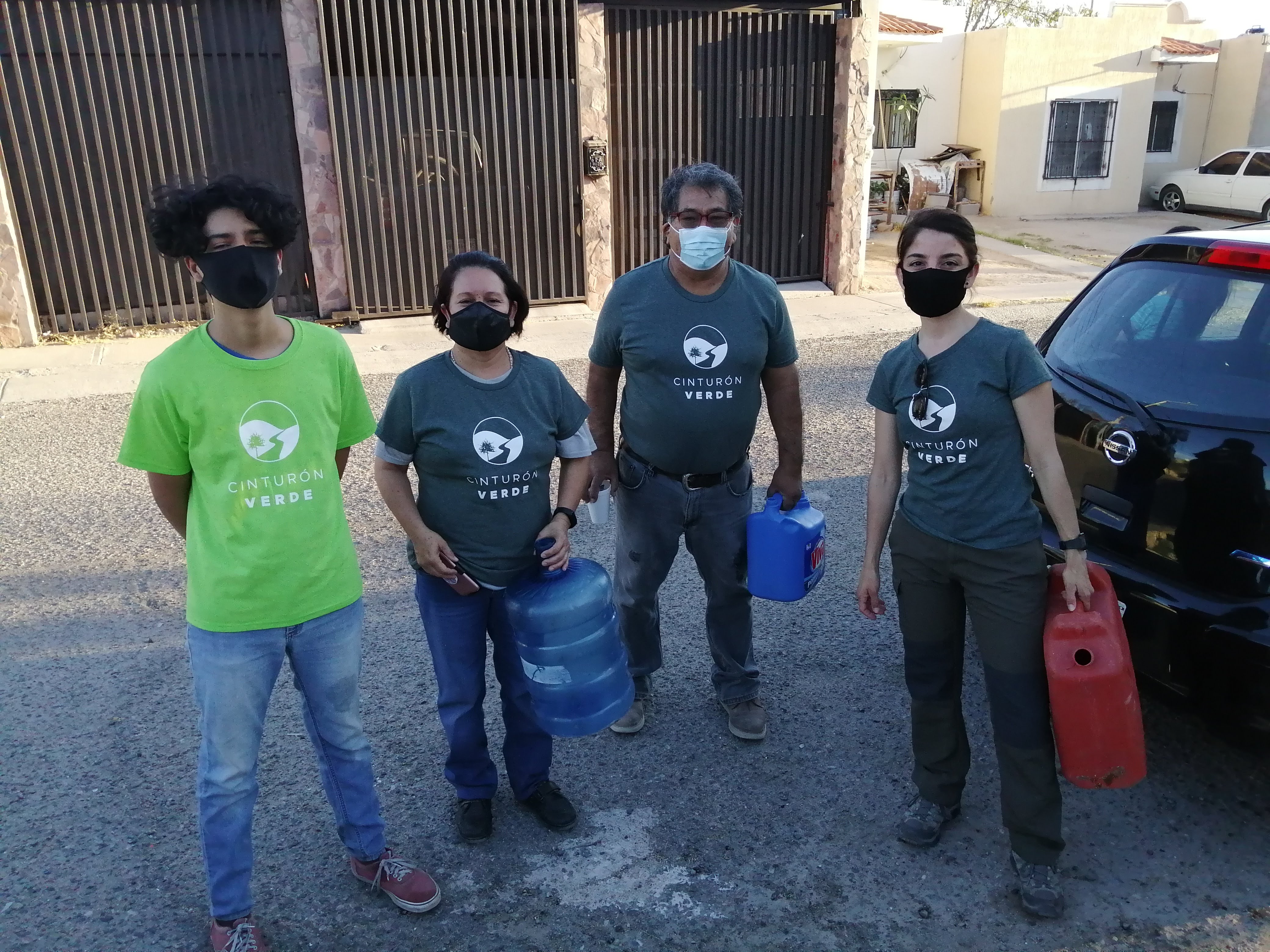Planting of enhanced high potential trees of commercial interest such as Acacia Senegal for gum Arabic, Boswelia Neglecta for Frankincense, and indigenous aloe species (Turkanensis, Secundiflora) in the Kenyan Arid lands has helped with the improved management of natural resources by the community woodlands forest association members, which we helped to form, who act as the custodians of the environment, who are also trained on correct environmental management practices.
The recovery of local biodiversity and use of innovative agroecological techniques by the local communities in the arid areas enhances their adaptation strategies to climate change thereby reducing the impact of desertification which is brought about by widespread deforestation for coal burning as a diverse source of income apart from pastoralism which is the main source of income for people in the arid regions has left the communities be aid reliant in times of droughts.
Through our capacity buildings, the communities have been able to improve their skills on sustainable management of natural resources through the introduction of correct environmental practices, enhancing the adaptation strategies to climate change, reducing the impact of desertification and deforestation.
